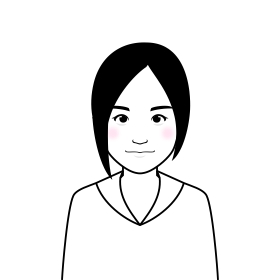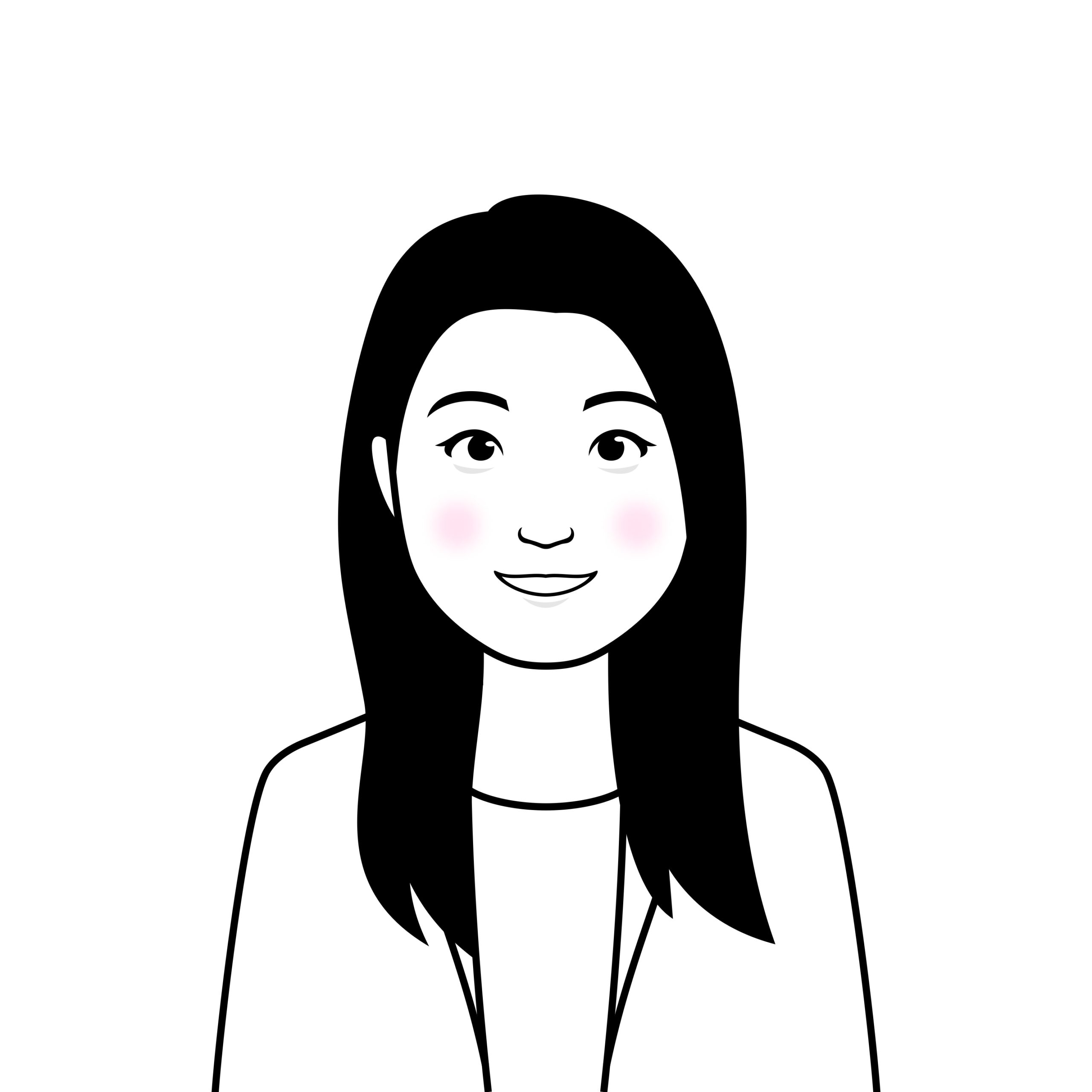Question: It is difficult to understand which claims the Examiner examines.
ANSWER:
According to the Examination guideline, the Examiner examines claims in the following way.
1. If the Examiner finds STF in claim 1, he examines all claims including the same STF.
2. If the Examiner does not find STF in claim 1, he moves to the next claim dependent from claim 1, which is claim 2, and determines if there’s STF in claim 2.
If he finds STF in claim 2, then he examines all claims dependent from claim 2.
3. If he does not find STF in claim 2, he moves to the next claim dependent from claim 2. If claim 3 depends from claim 2, he moves to claim 3,
and determines if there’s STF in claim 3.
4. If claim 3 does not depend from claim 2, he does not move to claim 3, and examines all claims dependent from claim 2. This examination is mandatory to the Examiner.
5. If the examination of the remaining claims is not burdensome, the examiner is willing to examine those claims. This examination is not mandatory.
For the present case, the Examiner does not find STF in claims 1 and 2, and claim 3 does not depend from claim 2. So, the Examiner is obliged to examine claims 1 and 2.
The Examiner finds that the examination of the remaining claims other than claim 6 is not burdensome, and thus the Examiner has examined those claims.
However, the Examiner finds the examination of claim 6 is burdensome, probably because additional search is required for the examination of claim 6. So, he has determined not to examine claim 6.
Recommendations
1. Claim 1 should be drafted so as to include STF.
If claim 1 includes STF, then the issue of unity of invention does not arise. Furthermore, in Japan, amendment after first OA is restricted by the rule called “Shift Amendment(シフト補正).” Please refer to the following page for the explanation of shift amendment.
If claim 1 includes STF, the issue of shift amendment does not arise, thus it is important to draft claim 1 so as to include STF.
2. Put most important feature in claim 2
Because of some unexpected prior art, claim 1 may not be determined not to include STF. In this case, the Examiner moves to claim 2, and examines all claims dependent from claim 2. So, it is important to put most important feature in claim 2.
3. Multiple-multiple dependent claims are often better.
In Japan, multiple-multiple dependent claims are often better. According to the rule above, if claims are multiple-multiple dependent, more claims tend to be examined.
a sample of multiple-multiple dependent claims are as follows.
1. A device comprising A, B, and C.
2. The device of claim 1, further comprising D.
3. The device of claim 1 or 2, further comprising E.
4. The device of any one of claims 1 to 3, further comrising F.
5. The device of any one of claims 1 to 4, further comrising G.
6. The device of any one of claims 1 to 5, further comrising H.
7. The device of any one of claims 1 to 6, further comrising I.
The drawback for the multiple-multiple dependent claims is that inconsistency between claims is more likely to occur than single dependent claim. The example is as follows.
8. The device of any one of claims 1 to 7, wherein the surface of the device is flat.
9. The device of any one of claims 1 to 8, wherein the surface of the device is wavy.
Claim 9 depends from claim 8, but the surface of the device cannot be flat and wavy at the same time. So, claim 9 will be considered indefinite.
So, careful attention is required in drafting multiple-multiple dependent claims.
ブログ

人気記事
-

自己指定のススメ
2010.07.12
-

進歩性の主張は3点を押さえる(動機なし、阻害要因あり、予測不能な効果あり)
2014.09.11
-

アメリカ 3つの継続性出願の違い(分割/継続/一部継続)
2016.08.15
-

関係代名詞と動名詞の使い分け
2013.03.11

